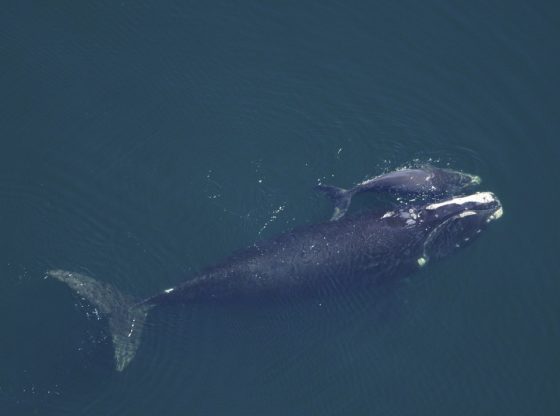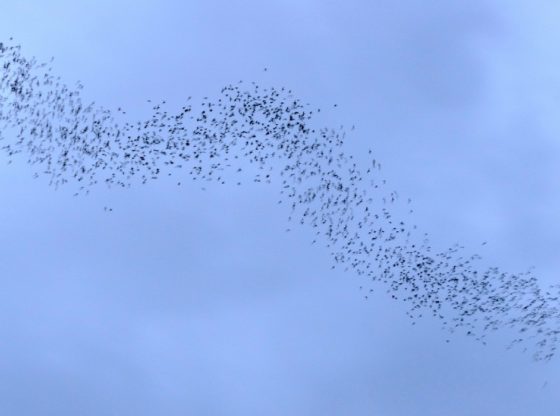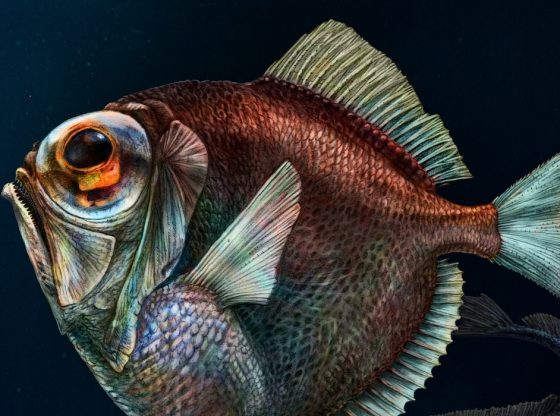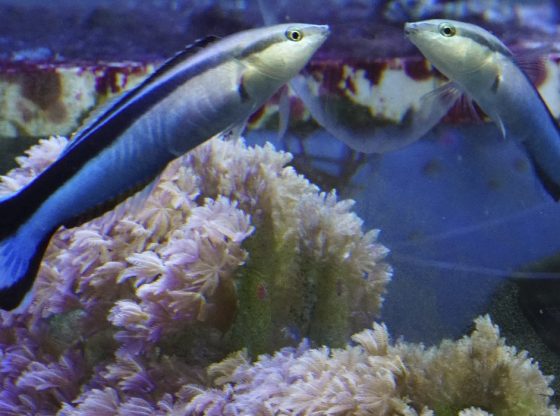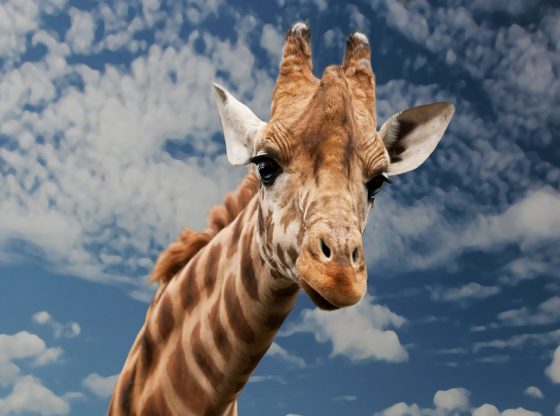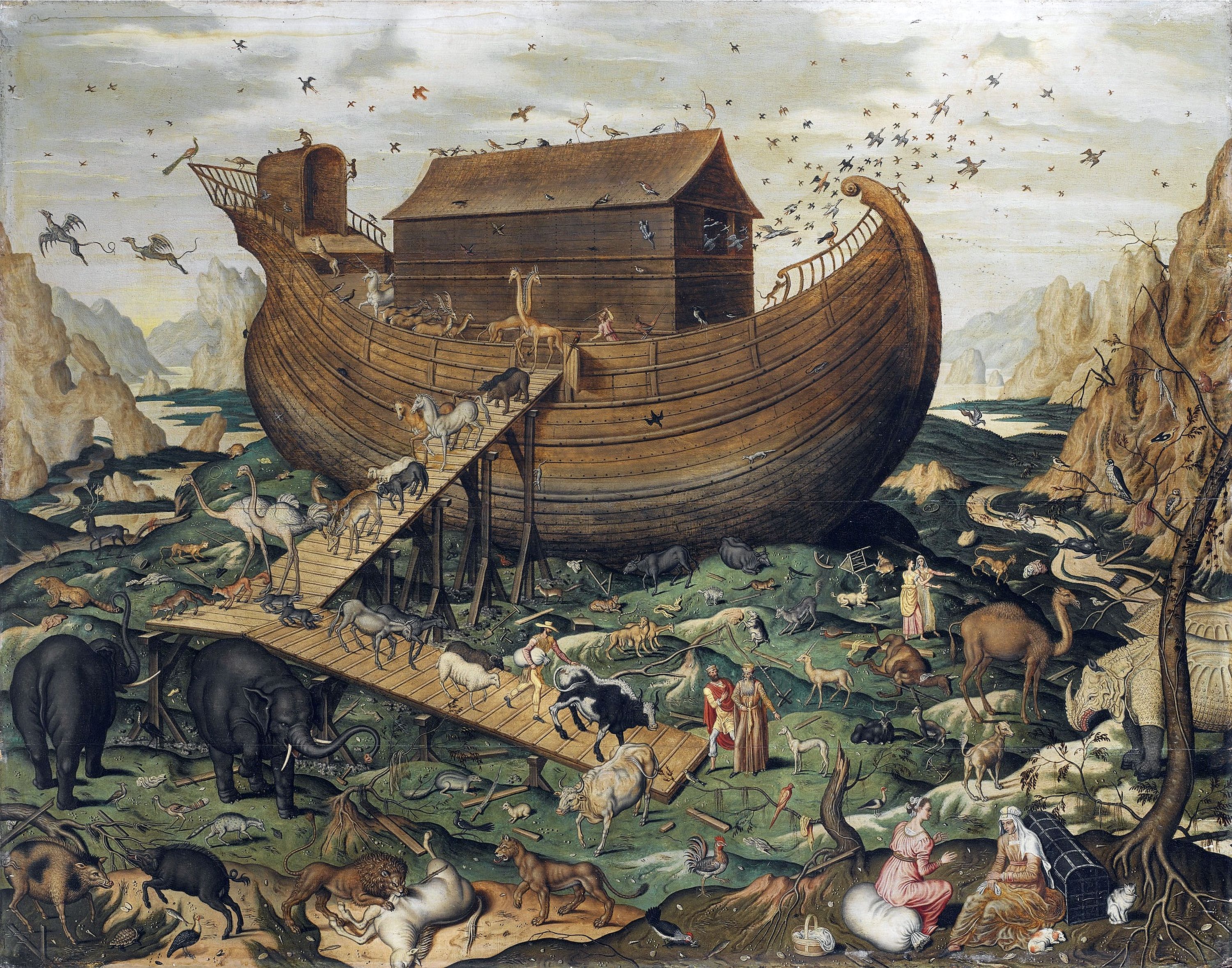
A group of scientists unveiled the first results last week of an ambitious effort to map the genes of tens of thousands of animal species, a project they said could help save animals from extinction down the line.
An international consortium involving over 50 institutions has announced an ambitious project to assemble high-quality genome sequences of all 66,000 vertebrate species on Earth, including all mammals, birds, reptiles, amphibians, and fish. With an estimated total cost of $600 million dollars, it truly is a project of biblical – Noah’s Ark – proportions.
The international Vertebrate Genomes Project (VGP), and its first release consists of 15 new, high-quality reference genomes for 14 species representing all five vertebrate classes – mammals, birds, reptiles, amphibians, and fishes.
The mission of the VGP is to provide high-quality, near error-free, and complete genome assemblies of all 66,000 vertebrate species on Earth to address fundamental questions in biology, disease, and conservation.
The new sequences are stored and publicly available in the Genome Ark database a new digital open-access library of genomes generated by the G10K-VGP consortium and hosted by Amazon, and will soon be processed for gene identifications in international public genome browsing and analyses databases, including the National Center for Biotechnology Information (NCBI), Ensembl, and University of California, Santa Cruz (UCSC) genome browser.
Sequencing the genome of tens of thousands of animals could easily take 10 years, according to Sadye Paez, program director for the project. But giving scientists access to this kind of information could help save rare species because it would give conservationists and biologists a new set of tools.
The researchers will refrain from combining male and female chromosomes into a single genome—a common practice that was resulting in far too many errors. Instead, the team will assemble both the paternal and maternal DNA of individuals in a process known as phasing.
The project has similarities with the Earth BioGenome Project, which seeks to catalog the genomes for 1.5 million species.


